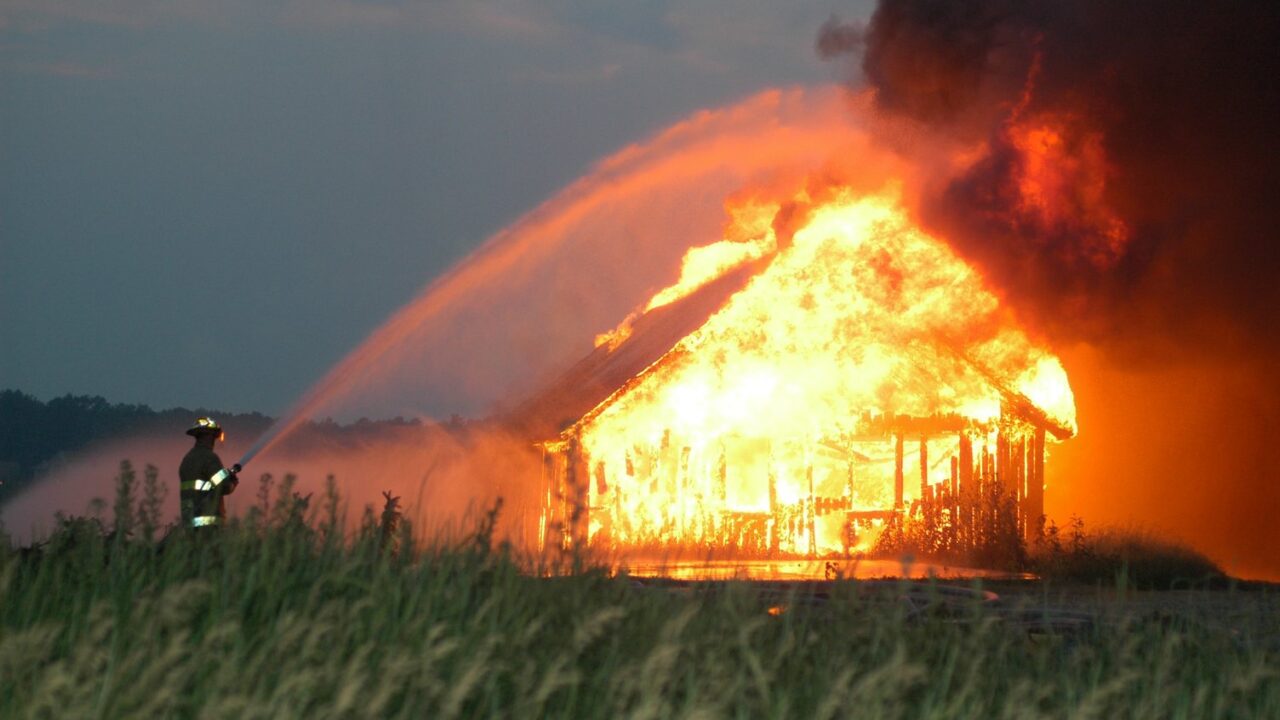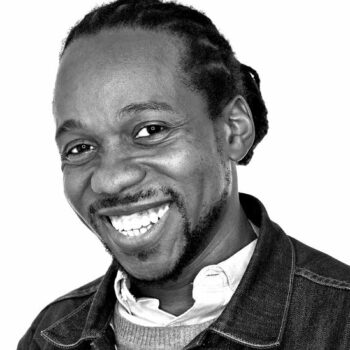Climate change threatens every human being on the planet — but, just like the coronavirus, it does not threaten us equally. We have seen how, in state after state, coronavirus hits some communities — Black, brown, working class — harder than others. Does the virus know who is Black or brown or working class and seek them out? Of course not. But inequalities in our healthcare system, our economy, and our society make it harder for those communities to keep themselves healthy and isolated while still paying the bills.
For decades, climate politics have been blind to many of these same conditions, and that blindness has stood in the way of effectively communicating the urgency of addressing climate change to the people most deeply impacted by it.
Both of these blindspots are deeply connected to the limitations of the mainstream environmental movement, which has skewed white and middle class. Many climate activists got their start in the environmental movement, and those blind spots came with them.
First, a disconnect from the economic reality of many Americans left climate advocates vulnerable to the “economy vs. environment” narrative that has since dominated every environmental debate. This allowed many power players to propagate the false idea that green energy reform would kill jobs for coal miners, oil drillers, pipeline builders, and millions more workers in carbon-intensive industries. Advocates are backed into a corner again and again, forced to pit empirical, data-driven truth against Republican talking points and cries of “left opportunism.” We know that we must escape this debate by reframing the politics of climate change around “an emphasis on huge infrastructural projects that created jobs,” in the words of political scientist Robert Keohane.
Second, historically, climate advocates have been inattentive to the realities of environmental racism and blind to the experiences and concerns of the people on the frontlines of climate change: Black, brown, and Indigenous, poor and working class. To these communities, climate change is not a distant threat but a present reality, whether it’s wildfires raging across the globe, hurricanes destroying coastal communities, or oil spills and other pollution poisoning neighborhoods and driving higher rates of asthma, cancer, and other ailments.
The most economically vulnerable communities — again, predominantly Black, brown, Indigenous, and working class — suffer the most from climate change on every level. A climate politics that fails to tackle the interrelated crises of climate change and inequality, and a climate movement that is not led by people from frontline communities, is one that is liable to ignore their needs, opting for technical solutions that leave the same people out.
The Green New Deal is the first mainstream climate frame that decisively confronts both of the climate movement’s historic shortcomings.
Decarbonizing the American economy in 10 years and building up a new energy infrastructure is going to be hard work, and hard work means millions of new jobs. The Green New Deal is a massive and necessary step toward striking economic injustice from our country’s status quo. It helps redistribute the ill-gotten wealth of the fossil fuel industry, corporate polluters, and others who have racked up billions from our winner-hoards-all economy — the same power players who have driven both the environment and the working class to the brink of collapse.
The Green New Deal ensures that frontline communities are prioritized in public investments that make our people more resilient in the face of the irreparable environmental damage we already face. That way, we can tackle the interrelated crises of racism, wealth inequality, and ecological decline head on, and ensure that Black and brown people in the least protected locations no longer bear the brunt of the suffering. It is these communities — those that have long existed on the fault lines of economic collapse and environmental decline while leading the environmental justice movement — that we must turn to for solutions.
The embrace of the Green New Deal by many labor unions and community organizations, “big green” environmental organizations, and leading representatives of the climate justice movement represents an unprecedented convergence. It reflects the climate movement’s critical realization that a program to decarbonize the economy can only mobilize a big enough base if it promises to address the material needs of both the people who have suffered the most under fossil capitalism and the people who fear what they’ll lose as we transition out of it.
We don’t need to rely on theory here — polls consistently show that voters on both sides of party lines are aligning in favor of a pro-jobs, pro-climate, pro-equity infrastructure package. There is a durable, diverse, and powerful political constituency for whoever champions a bold jobs and infrastructure plan that meets today’s needs and prepares us for the future.
Communities of color have an additional stake in the success of the Green New Deal. Climate change is already destroying food and water systems in parts of the world whose inhabitants are overwhelmingly poor, Black, brown and Indigenous. In a world where average temperatures rise four degrees celsius, ecological collapse — particularly in equatorial countries in South America, the Middle East, Africa, and Asia — will cause hundreds of millions of people to leave their homes. Many will attempt to migrate to the Global North, where the climate is temperate and populations are predominantly white. The likelihood of dramatic increases in the number of climate refugees coming to the U.S. feeds the white nationalist imagination and gives them ammunition to argue for all sorts of militarized and authoritarian policies.
For decades, the Right’s stance on climate change was outright denialism. They claimed that it wasn’t caused by humans or was not a serious threat. In the last few years, there has been a shift. Increasingly, the Right is moving beyond denialism and into what can only be called eco-fascism. Like the deranged white nationalist who slaughtered dozens in an El Paso Walmart, the Right increasingly accepts that climate change is real. But, rather than attempt to slow it, they have integrated climate change into their genocidal worldview.
The fight against eco-fascism will take many forms. But the best way to fight it is to prevent catastrophic climate change by implementing a transformative program to decarbonize the U.S. economy — and by engaging in genuine internationalism by investing in the resilience of food, water, and other systems around the world.
A Green New Deal promises both.


